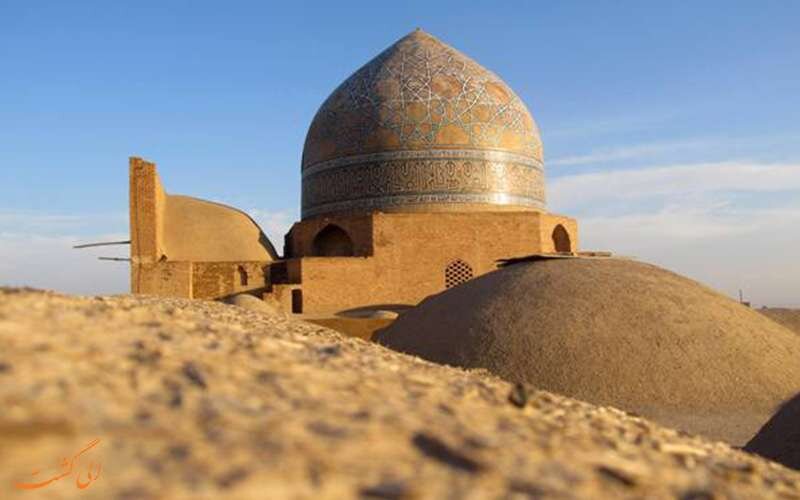12th-century Saveh mosque, known as a museum of Islamic architecture, restored

TEHRAN - Saveh’s tourism chief has announced the successful completion of restoration work on the city’s grand mosque, often revered as a treasury showcasing Islamic architectural brilliance.
Reza Ayyaz, speaking on Sunday, disclosed that the comprehensive restoration project, financed with a budget of 10 billion rials (equal to $20,000), encompassed refurbishments to the mosque’s ceiling, corridors, and the meticulous restoration of its adobe and cob-covered surfaces.
Drawing attention to the rich historical heritage represented by Saveh’s grand mosque spanning various Islamic periods, Ayaz added, “Certain discoveries indicate its legacy spanning over a millennium, bearing architectural imprints from the Buyid dynasty era to the illustrious Safavid period.”
Renowned cultural heritage experts have speculated that the Jameh Mosque might have been constructed atop an earlier edifice, potentially utilizing remnants from a preceding mosque or an ancient structure, the official said.
He added these architectural traits echo the features commonly found in mosques featuring Shabestan, an underground space prevalent in traditional Iranian architecture observed in mosques, residences, and schools.
The presence of 17 distinct historical layers within the mosque’s dome chamber and its surrounding areas provides compelling evidence to support this hypothesis, Ayyaz explained.
Following the era of the Buyids and the advent of Seljuk rule, construction work on the iwan (porch) and minarets at Saveh’s grand mosque commenced. As a result, the mosque proudly boasts a porch, a dome, arched chambers, and a minaret dating back to the 6th century A.H, he said.
Saveh’s Seljuk-era Jameh Mosque continues to enthrall the faithful, tourists, and enthusiasts of history and Islamic architecture alike. Its intricate architectural ensemble encompasses a courtyard, porch, minaret, dome, and two ancient altars adorned with Kufic calligraphic works.
Historical records suggest that the mosque, which was completed in the 12th century, remains an active place of worship and has undergone various restoration endeavors over the centuries to preserve its grandeur.
Named after Saveh, the central Iranian city, the term “Jameh Mosque” or “Masjed-e Jameh,” or “Friday Mosque” in Iran specifically denotes a grand communal mosque designated for obligatory Friday prayers, distinctively recognized within the country and revered as a significant cultural and spiritual landmark.
AFM
